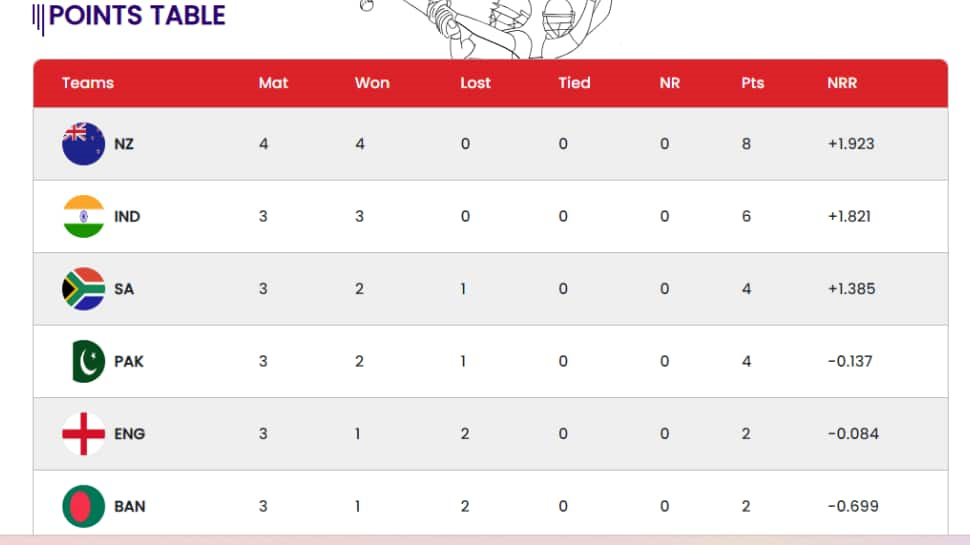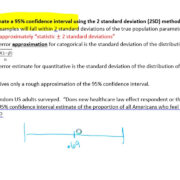Every four years, nations from around the world unite with a common goal: to claim the title of the best international football team at the FIFA World Cup. The competition’s point system is a critical piece in determining which teams advance beyond the group stage and into the knockout rounds to vie for the prestigious trophy. Understanding how these points are calculated is essential for fans and enthusiasts who want to follow the tournament’s progress with keen insight.

Group Stage Points Allocation
In the World Cup’s group stage, teams earn points based on match outcomes. This is crucial for determining which teams advance.
Step by Step:
- Win: When a team wins a match, they are awarded 3 points.
- Draw: If the match ends in a tie, each team is given 1 point.
- Loss: No points are awarded to a team that loses a match.
Summary:
Earning 3 points for a win motivates teams to play offensively. A draw being worth a single point encourages strategic play, while the lack of points for a loss ensures that every team seeks victory. This system can be both a source of excitement and tension as teams with equal points might be separated by other criteria.
Goal Difference
The goal difference is used as a tie-breaker. It is the difference between goals scored and goals conceded.
Step by Step:
- Calculate Goals Scored: Total the number of goals a team has scored in all group stage matches.
- Calculate Goals Conceded: Total the number of goals the team has allowed their opponents to score.
- Determine Goal Difference: Subtract the Goals Conceded from the Goals Scored.
Summary:
A positive goal difference can be the key to advancing in cases where points are tied. However, this can unfairly penalize teams who play one poor game, losing by a large margin, despite performing well in other matches.
Fair Play Points
Teams are also ranked by their disciplinary record—fewer points for infractions mean a better chance of advancing in a tie.
Step by Step:
- Track Yellow and Red Cards: Note each card issued to players and team officials.
- Calculate Points: Yellow cards count as minus 1 point, a second yellow/red card as minus 3, a direct red card as minus 4, and yellow card plus a direct red card as minus 5.
- Total Fair Play Score: Aggregate the points across all group stage matches.
Summary:
Fair Play Points encourage discipline and respect in the game, although they can disproportionately affect teams who play a more physical style of football.
Head-to-Head Record
When teams are tied on all other criteria, previous match results between those teams can determine who advances.
Step by Step:
- Identify Tied Teams: Find teams that are tied in all other ranking criteria.
- Review Match Outcomes: Look at the past World Cup or qualification matches between the tied teams.
- Rank Based on Head-to-Head: Points, goal difference, and goals scored in these matches determine the ranking.
Summary:
This helps resolve stalemates in rankings and can result in thrilling narratives, but sometimes it reflects past performance more than present abilities.
Goals Scored
A team’s advancement can hinge on the total number of goals scored in all matches.
Step by Step:
- Tally Goals: Count every goal scored by the team during the group stage.
- Rank Teams: Teams with more goals scored rank higher if they are tied on points and goal difference.
Summary:
This system rewards attacking play but doesn’t account for defensive strategy, possibly undervaluing well-rounded teams.
Coefficient Ranking
These rankings are based on a team’s performance in previous FIFA competitions, adding historical success to the equation.
Step by Step:
- FIFA Rankings: Consider the FIFA rankings of teams leading up to the World Cup.
- Weight Past Tournaments: Give more weight to recent tournaments and matches.
Summary:
This method provides context to a team’s potential but may not reflect the current form or changes in team composition.
Drawing Lots
In the rare event that teams cannot be separated by other means, lots may be drawn.
Step by Step:
- Confirmation of Tie: Confirm all other methods have failed to separate the teams.
- Organize a Draw: Have a neutral party conduct a draw to decide rankings.
Summary:
Drawing lots is the most impartial method, but it introduces an element of chance that can be unsatisfying.
Tips and Tricks
Beyond understanding the ranking system, here are further tips to enhance your World Cup experience.
- Engage in Group Analysis: Before the tournament starts, analyze each group and predict outcomes based on the point system.
- Follow Live Updates: Use apps or live blogs to keep track of points and rankings in real time.
- Understand the Knockout Phase: Learn how the knockout phase operates, as it uses direct elimination instead of points.
Summary:
Engagement with the point system deepens the World Cup experience, although the shift to the knockout stage requires a different understanding of progression.
Potential Rule Changes
Be aware that FIFA may change rules between tournaments, so always check the latest regulations.
Step by Step:
- Check FIFA Announcements: Regularly visit the official FIFA website for rule updates.
- Review Analyst Commentary: Sports analysts may offer insights into how rule changes can affect competition dynamics.
Summary:
Staying informed on rule changes ensures up-to-date knowledge but can be confusing if changes are frequent or significant.
Historical Trends
Examining past World Cups can offer insight into how points influence outcomes and strategies employed by successful teams.
Step by Step:
- Review Past Tournaments: Look at historical standings and progression.
- Assess Strategies: Notice how point strategies have changed over time.
Summary:
Understanding history aids in predicting future outcomes, though it doesn’t guarantee accuracy due to the dynamic nature of football.
Conclusion
Grasping the intricacies of World Cup point calculation not only enhances appreciation for the tournament but also brings fans closer to the action. By navigating the complex interplay of wins, goals, and fair play, supporters can revel in the drama and glory that football’s premier event uniquely provides.
FAQs
Q. What happens if two teams finish with the same number of points after the group stage?
A. The team with the greater goal difference will rank higher. If they are still tied, it goes down to other criteria like total goals scored, head-to-head records, or even fair play conduct.
Q. Are points carried over from the group stage to the knockout phase?
A. No, once teams enter the knockout phase, points are not used. Matches are decided by the outcome of each game, with extra time and penalties to resolve draws if necessary.
Q. How can a team secure advancement from the group stage?
A. The most straightforward way is to win enough matches to be among the top two point earners in their group. However, in scenarios with tied points, the tiebreakers such as goal difference and goals scored come into play.









